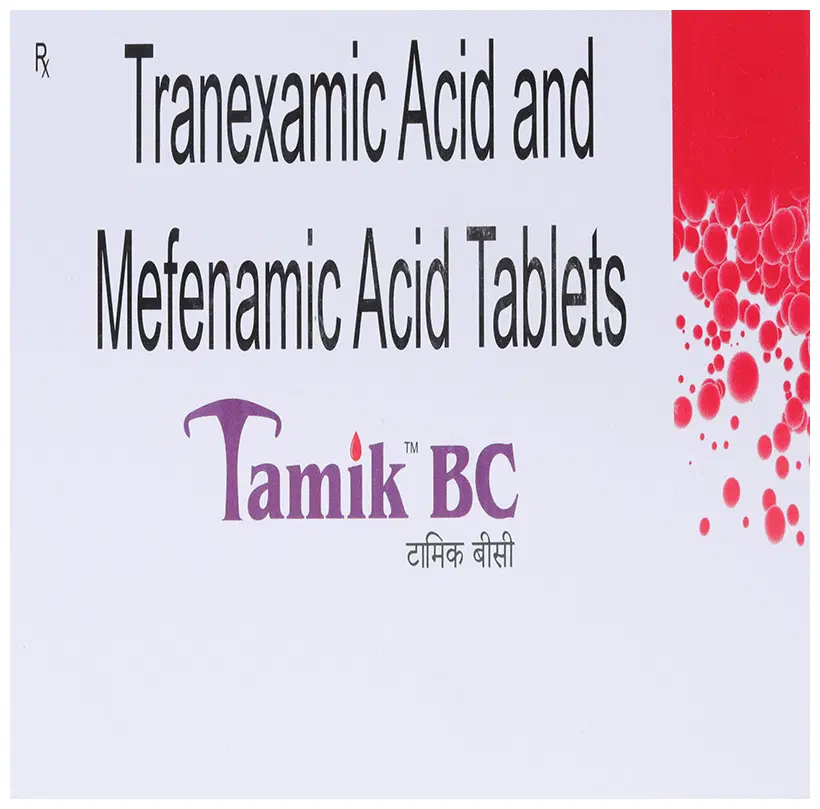Menstrual pain
Menstrual pain, commonly referred to as dysmenorrhea, is a prevalent discomfort experienced by many women during their menstrual cycle. It typically involves lower abdominal cramping, low back pain, and pelvic pain that can last from a few hours to a few days. The pain may arise from contractions of the uterine muscles, hormonal changes, and inflammation in the lining of the uterus.
In the over-the-counter menstrual pain treatment category, you will find medications aimed at alleviating this common discomfort. These treatments mainly include nonsteroidal anti-inflammatory drugs (NSAIDs), such as ibuprofen and naproxen, and analgesic combinations of acetaminophen with a small amount of codeine, or other opioid, like acetaminophen-codeine or acetaminophen-hydrocodone.
NSAIDs work by inhibiting the production of prostaglandins, which are chemical substances responsible for causing the cramping and inflammation that leads to menstrual pain. In contrast, analgesic combinations of opioids and acetaminophen provide pain relief through central nervous system actions and reduce the overall intensity of menstrual cramps.
When using medications for menstrual pain treatment, follow the recommended dosages, instructions, and duration of use on the product label or as advised by your healthcare provider. Ensure safe and effective use of these treatments for alleviating menstrual discomfort.

Showing 1–12 of 397 results








